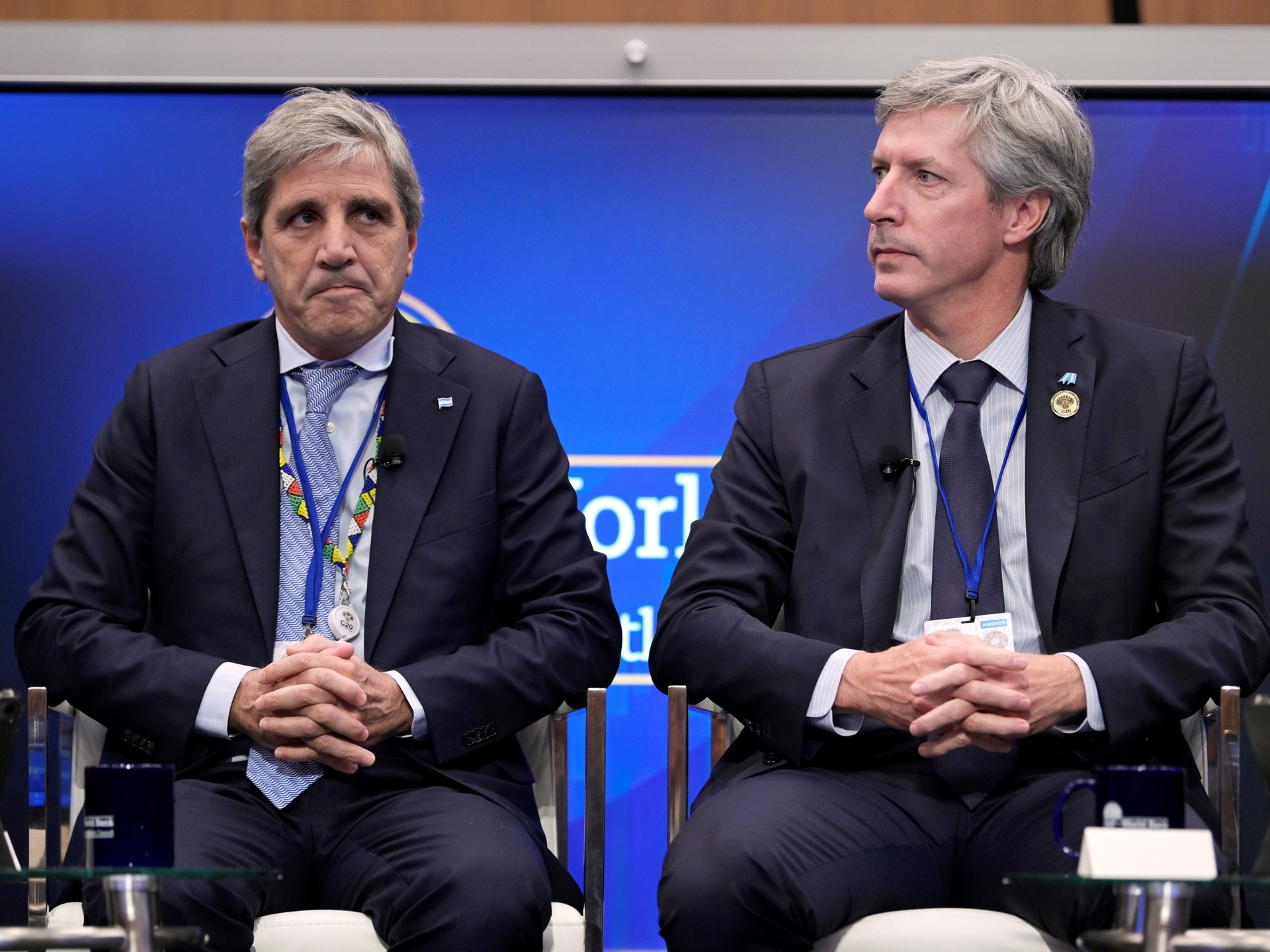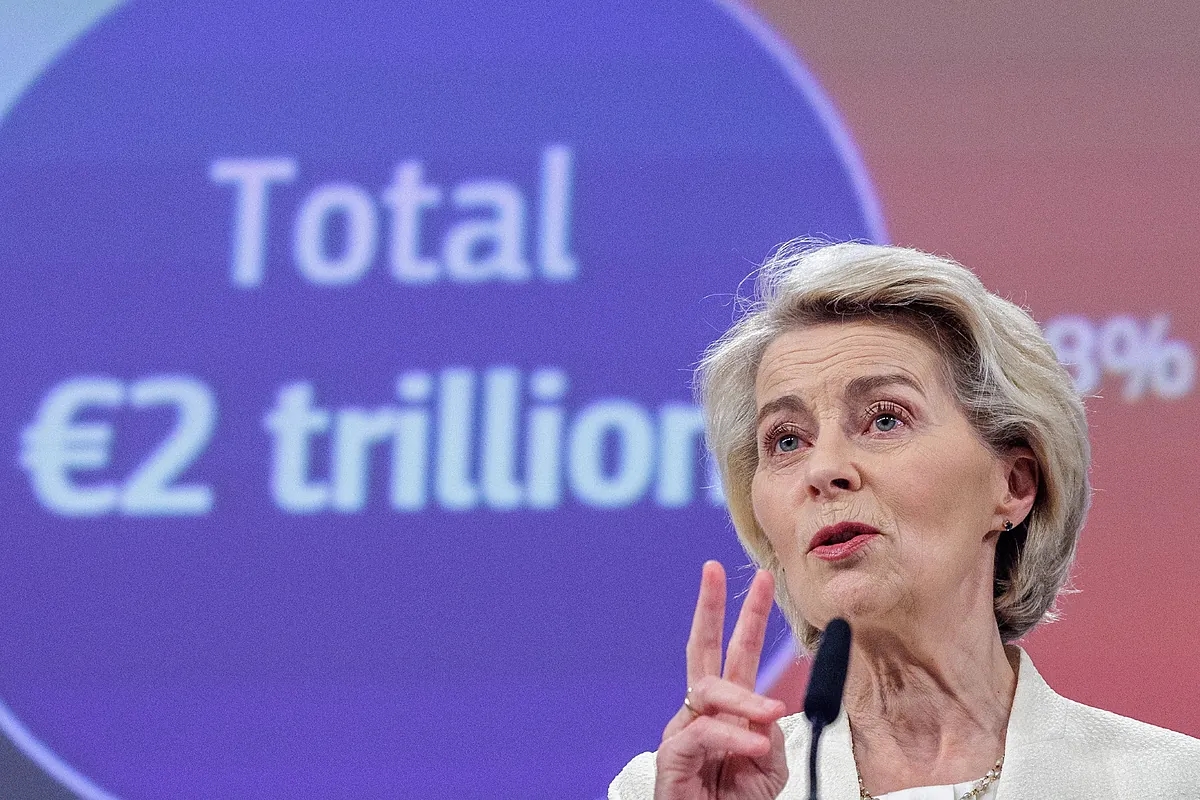The run against the peso before the elections: US$7.759 billion were bought in September

In September, amidst electoral uncertainty, there was a surge in dollar purchases by individuals and businesses through financial transactions: US$7.759 billion. Of that total, 1.8 million individuals bought US$5.080 billion, and the remainder was acquired through bond transactions.
Thus, in the first nine months of the year, purchases by the non-financial private sector totaled US$30.415 billion, the highest value since 2020 (external asset formation). Meanwhile, dollar sales by individuals and companies totaled US$6.451 billion, leaving a “deficit” of US$23.964 billion, according to figures from the Central Bank's Foreign Exchange Balance.
A significant portion of the dollar purchases did not remain within the financial system, as in September “private sector deposits grew by US$1.54 billion during the month, ending September with a balance of US$33.846 billion,” according to the Central Bank of Argentina (BCRA). International reserves also increased in September by US$387 million compared to the end of August.
The bank's report clarified that "part of the funds acquired and recorded in the banknotes account remain deposited in local accounts or can be used later to pay for purchases with cards in foreign currency and do not necessarily constitute the formation of external assets as the final destination of these funds" or "can be used to pay off liabilities abroad (for example, for payments of external commercial and financial debt or profits and dividends)."
On the other hand, it was also significant that in September, US$952 million in dollars were spent on goods and services paid for with credit cards, travel, and tickets (excluding digital services). Credit card spending accounted for US$678 million, passenger transport services for another US$168 million, and tour operators' international remittances for US$106 million.
“Within credit card expenses, it is estimated that payments for goods shipped via postal services amount to US$102 million (CIF import value reported by INDEC for the month), which would not be directly associated with travel,” the BCRA report clarified.
In the first 9 months, the total outflow from this item was US$9.952 billion while the income from the same item totaled US$2.395 billion.
All these foreign exchange deficits were financed because in September there was a trade surplus of US$7.003 billion, generated by export receipts of US$12.853 billion, offset by import payments of US$5.850 billion. This was also due to net income from loans from international organizations and local financial institutions totaling US$1.394 billion.
The sharp increase in export revenues is largely explained by the measure taken by the Minister of Economy, Luis Caputo, to apply zero withholdings to grain exports until October 31, 2025, or until the quota of US$7 billion was reached, which happened in just a few days.
Clarin





